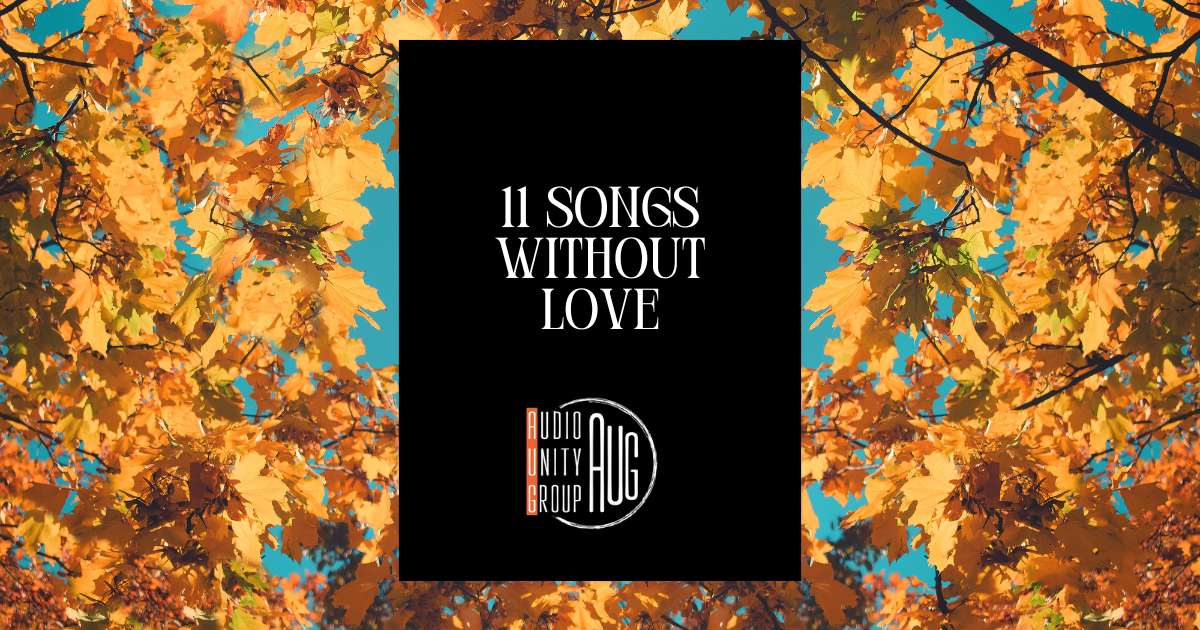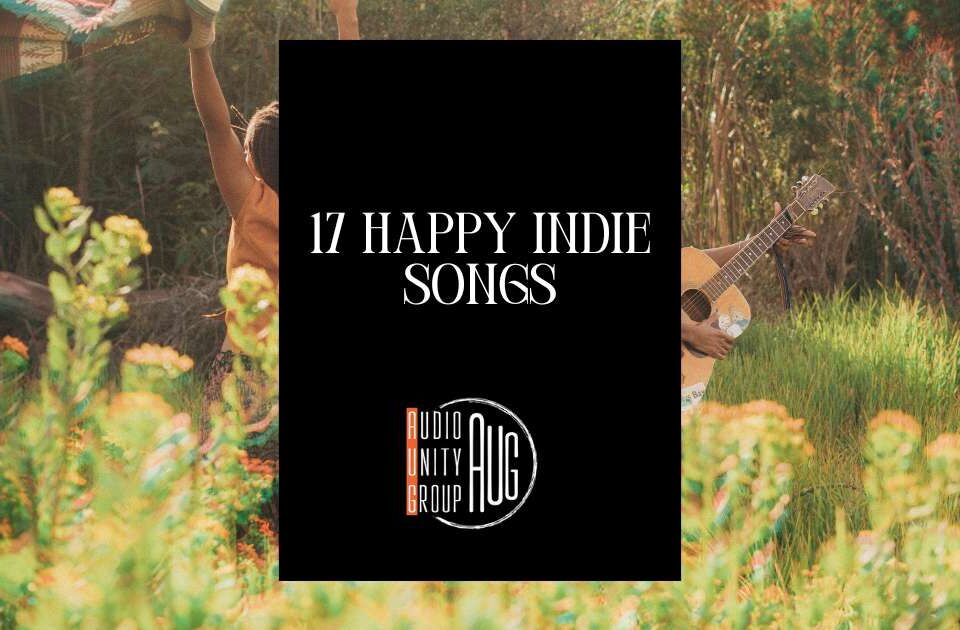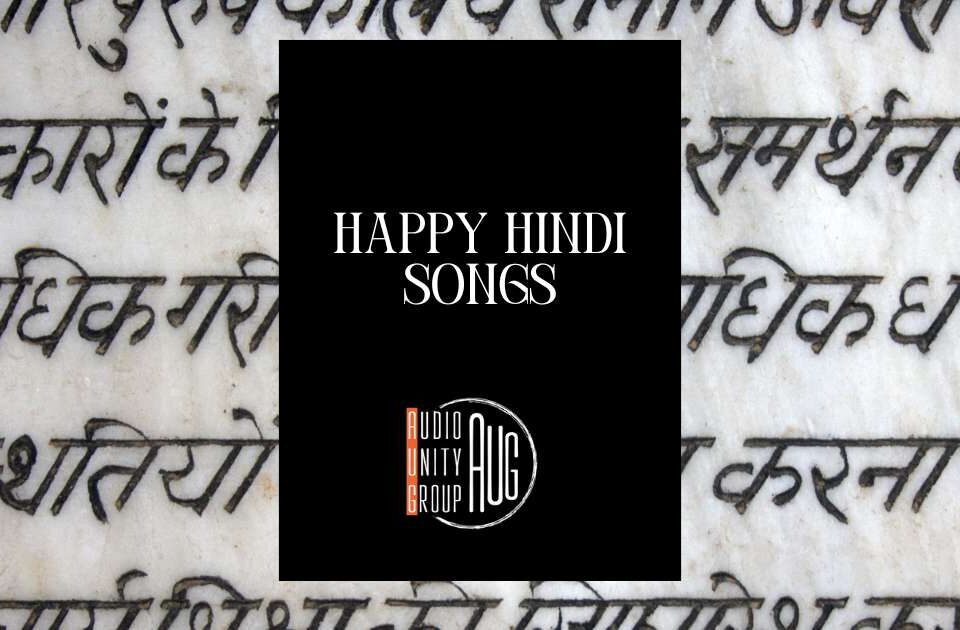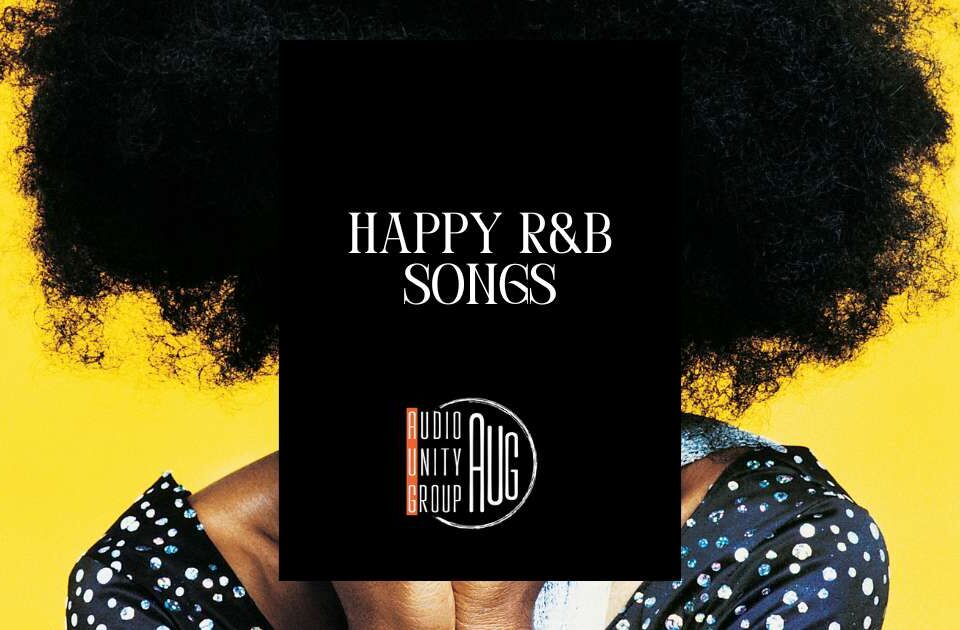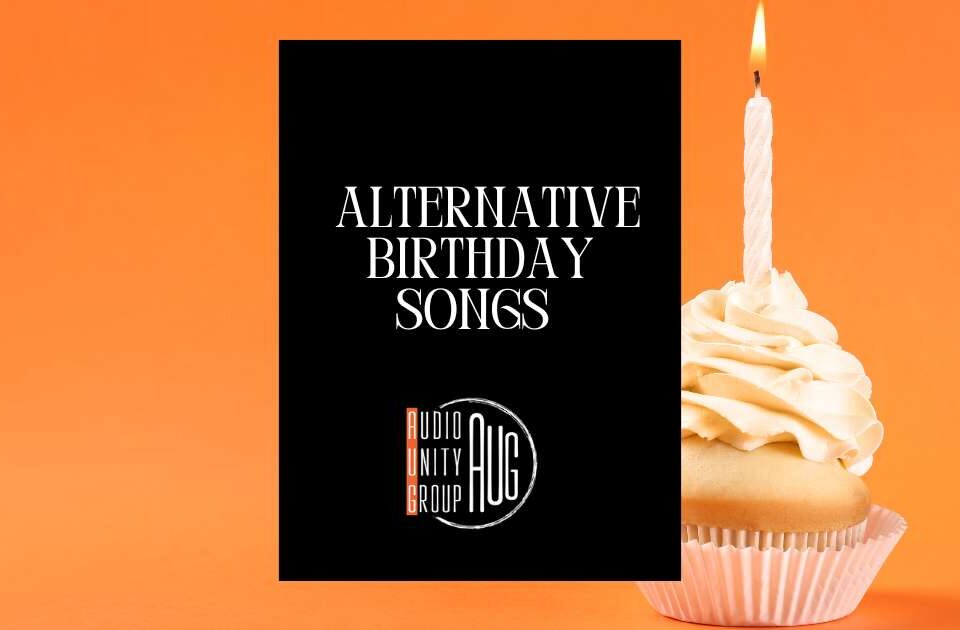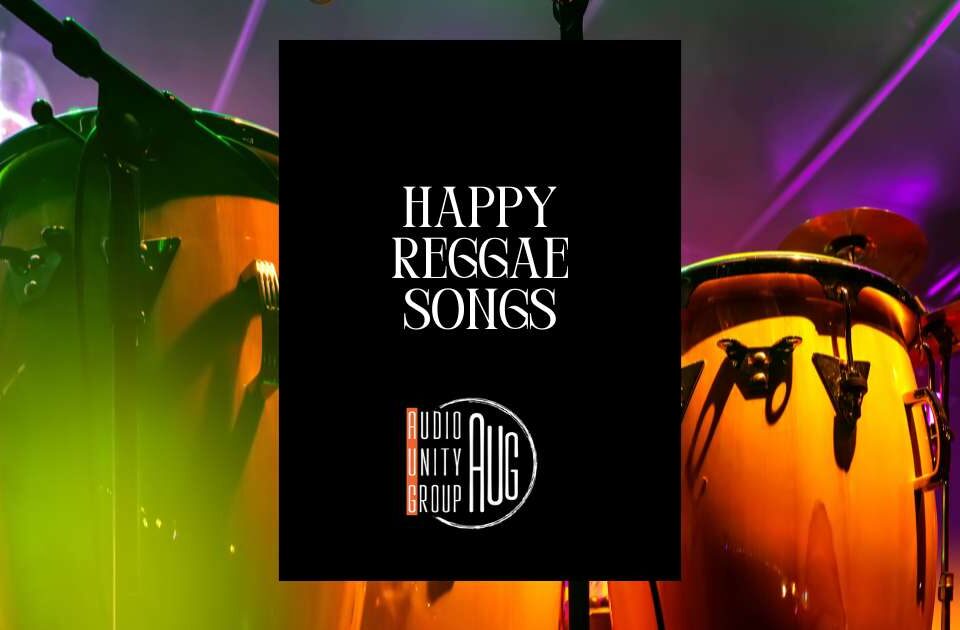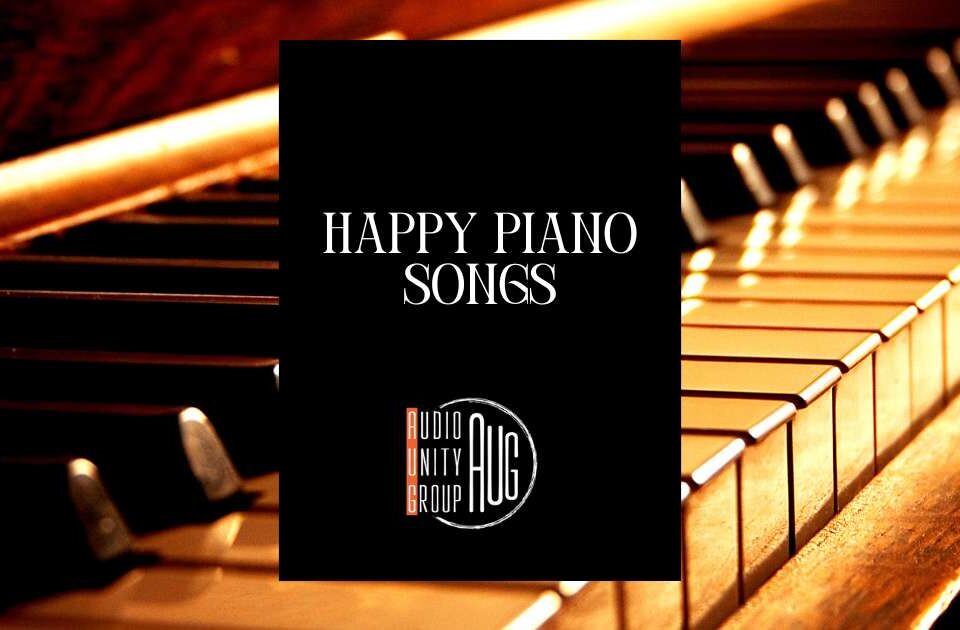The Ultimate Playlist for Jazz Dance Solos 2025
October 10, 2024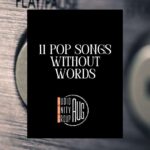
11 Pop Songs Without Words: Top Instrumental Hits
November 12, 2024Last Updated on November 12, 2024 by Tom S. Ray
Today, I’ve compiled 11 songs without the love that you have to know and play at certain occasions.
All of the songs are my personal choice and I hope you’ll like them too.
List Of Songs Without Love
Songs without love in a list format:
1. “Lose Yourself” by Eminem
Album: Music from and Inspired by the Motion Picture 8 Mile (2002) Record Label: Shady Records, Aftermath Entertainment, Interscope Records
Eminem’s “Lose Yourself” is more than just a song; it’s an anthem of determination and self-empowerment. Released as part of the soundtrack for the movie 8 Mile in 2002, this track captures the essence of battling against the odds and seizing the moment. The raw energy and compelling storytelling reflect Eminem’s personal struggles and triumphs, making it a universal call to action. The intense delivery, coupled with a gripping beat, showcases Eminem’s prowess as a lyricist and a storyteller. I chose this song for its powerful message that inspires listeners to push beyond their limits, embodying the spirit of resilience and ambition.
2. “Welcome to the Jungle” by Guns N’ Roses
Album: Appetite for Destruction (1987) Record Label: Geffen Records
“Welcome to the Jungle” is a hard-hitting introduction to the chaotic and unpredictable world that Guns N’ Roses inhabited in the late ’80s. From their groundbreaking album “Appetite for Destruction,” this song encapsulates the raw, unfiltered essence of rock and roll. The dynamic duo of Axl Rose’s distinctive vocals and Slash’s iconic guitar riffs create an electrifying atmosphere that’s both invigorating and menacing. It’s a song about survival in the urban jungle, filled with danger and excitement. I love how it transports listeners to a world where every night is an adventure, making it a timeless classic that energizes and empowers.
3. “Smells Like Teen Spirit” by Nirvana
Album: Nevermind (1991) Record Label: DGC Records
When Nirvana released “Smells Like Teen Spirit” in 1991, they didn’t just launch a song; they sparked a cultural revolution. This track, from their album “Nevermind,” became the anthem for Generation X, capturing the disillusionment and apathy of the era. Kurt Cobain’s gritty vocals and the song’s explosive dynamics encapsulate the spirit of rebellion and the desire for authenticity. The raw, unpolished energy of the music and lyrics resonates with the frustration and yearning for change. I admire the song’s ability to connect with a sense of disconnection, making it a masterpiece of its time.
4. “Bohemian Rhapsody” by Queen
Album: A Night at the Opera (1975) Record Label: EMI, Elektra
“Bohemian Rhapsody” is a monumental piece in the history of music, blending rock, opera, and ballad into one seamless masterpiece. Queen’s ambitious creation, featured on their 1975 album “A Night at the Opera,” defies conventional genre boundaries. Freddie Mercury’s dramatic vocal range and the band’s musical versatility take listeners on an unparalleled journey. The song’s intricate structure and emotional depth showcase Queen’s artistic genius. I’m fascinated by its narrative complexity and musical innovation, making it a timeless piece that continues to inspire awe and admiration.
5. “Billie Jean” by Michael Jackson
Album: Thriller (1982) Record Label: Epic Records
Michael Jackson’s “Billie Jean” combines a compelling narrative with an irresistible groove. Featured on the iconic album “Thriller,” this song is a masterclass in storytelling and production. Jackson’s smooth vocals glide over a funky bassline and a driving beat, creating a track that’s as catchy as it is enigmatic. The song’s theme of a disputed paternity claim is delivered with such allure and mystery, it’s impossible not to be drawn in. What I love about “Billie Jean” is its perfect blend of danceability and depth, showcasing Jackson’s unparalleled talent as a performer and a songwriter.
6. “Firestarter” by The Prodigy
Album: The Fat of the Land (1997) Record Label: XL Recordings
“Firestarter” is a sonic explosion that marked The Prodigy’s ascension to the heights of electronic music. This track, from their 1997 album “The Fat of the Land,” is an aggressive, high-energy anthem that embodies the rave culture of the ’90s. Keith Flint’s haunting vocals and the electrifying beats create a sense of rebellion and freedom. It’s a song that refuses to be ignored, pushing the boundaries of genre and taste. I’m drawn to its raw power and the way it challenges listeners to break free from conformity, making it a pivotal track in the evolution of electronic music.
7. “Black” by Pearl Jam
Album: Ten (1991) Record Label: Epic Records
Pearl Jam’s “Black” is a deeply emotional journey into loss and longing, but notably, it steers clear of conventional love song tropes, focusing instead on the pain of what could have been. From their debut album “Ten,” this track stands out for its poignant lyrics and Eddie Vedder’s heart-wrenching vocal delivery. The song’s raw emotional intensity, coupled with the band’s grunge-infused rock, captures the essence of early ’90s disaffection. I chose “Black” for its ability to articulate the depths of human emotion through powerful storytelling and musical depth, highlighting Pearl Jam’s significant impact on the rock genre.
8. “Viva La Vida” by Coldplay
Album: Viva La Vida or Death and All His Friends (2008) Record Label: Parlophone, Capitol Records
Coldplay’s “Viva La Vida” is a vibrant, orchestral masterpiece that explores themes of power, downfall, and reflection. With its rich, layered soundscapes and Chris Martin’s introspective vocals, the song achieves a grandiose yet melancholic beauty. It’s a departure from love themes, focusing instead on the historical and existential musings of a fallen ruler. I’m drawn to its sweeping melodies and the emotional complexity it conveys, showcasing Coldplay’s versatility and depth as artists. “Viva La Vida” represents a high point in their career, embodying the spirit of experimentation and the pursuit of new musical horizons.
9. “Once in a Lifetime” by Talking Heads
Album: Remain in Light (1980) Record Label: Sire Records
“Once in a Lifetime” by Talking Heads is a mesmerizing fusion of new wave and world music rhythms, offering a surreal examination of the human condition and the unnoticed passage of time. David Byrne’s hypnotic vocal delivery, combined with Brian Eno’s innovative production, creates an otherworldly experience. This song captures the existential wonder and confusion of life’s routine, questioning the very nature of our existence. I appreciate its philosophical lyrics and the unique sound that defies easy categorization, making it a landmark track in the evolution of alternative music.
10. “Iron Man” by Black Sabbath
Album: Paranoid (1970) Record Label: Warner Bros. Records
Black Sabbath’s “Iron Man” is a heavy metal classic that tells the story of a man turned to steel in a magnetic field, who then seeks revenge on humanity. The iconic guitar riff, Tony Iommi’s masterful composition, and Ozzy Osbourne’s haunting vocals create a dark and powerful narrative. This song is a masterpiece of storytelling, using the genre’s signature sound to convey a tale of isolation, transformation, and retribution. I admire its narrative depth and the way it harnesses the power of heavy metal to tell a compelling story, cementing its place in the annals of rock history.
11. “Fast Car” by Tracy Chapman
Album: Tracy Chapman (1988) Record Label: Elektra Records
“Fast Car” by Tracy Chapman is a poignant narrative of hope, dreams, and the harsh reality of life. Chapman’s soulful vocals and acoustic guitar bring an intimacy to the song that is both moving and profound. The story of seeking escape from a cycle of poverty and finding brief solace in the freedom of the open road resonates with listeners worldwide. I’m captivated by its storytelling, the simplicity of its arrangement, and the emotional weight it carries. “Fast Car” highlights the power of songwriting to reflect on personal and societal issues, making it a timeless classic that speaks to the human spirit.
Fun Facts: Songs Without Love
“Lose Yourself” by Eminem
- Fun Fact: Eminem wrote the verses for “Lose Yourself” during breaks on the set of 8 Mile, scribbling lines on pieces of paper. He even won an Academy Award for Best Original Song, making “Lose Yourself” the first ever rap song to receive this honor. Eminem, however, didn’t attend the Oscars because he thought he wouldn’t win and was asleep during the ceremony.
“Welcome to the Jungle” by Guns N’ Roses
- Fun Fact: The inspiration for “Welcome to the Jungle” came to Axl Rose in a rather peculiar way. He recounted having a vision about the song when he landed in Los Angeles for the first time. The bustling city with its stark contrasts deeply moved him, eventually shaping the lyrics that describe L.A. as a jungle.
“Smells Like Teen Spirit” by Nirvana
- Fun Fact: The title “Smells Like Teen Spirit” was inspired by a brand of deodorant named Teen Spirit, which Kurt Cobain’s girlfriend at the time used. Cobain was unaware of this until after the song became a hit. The phrase was spray-painted on Cobain’s wall by a friend who wrote, “Kurt smells like Teen Spirit,” referring to the deodorant and implying he smelled like his girlfriend.
“Bohemian Rhapsody” by Queen
- Fun Fact: “Bohemian Rhapsody” was groundbreaking not only musically but also in its promotional approach. The song’s accompanying music video is considered one of the first true music videos ever made, setting a precedent for the medium and playing a crucial role in its popularity on television, particularly with its heavy rotation on MTV.
“Billie Jean” by Michael Jackson
- Fun Fact: The iconic bassline of “Billie Jean” was so compelling to Michael Jackson that he insisted the song’s intro be extended so people could get on the dance floor before the vocals even started. Jackson was also known to have recorded the vocals for this song in the dark, wanting to capture a certain mood and intimacy.
“Viva La Vida” by Coldplay
- Fun Fact: The title “Viva La Vida” translates to “Live the Life” in English and is taken from a painting by Mexican artist Frida Kahlo. The artwork and Kahlo’s intense life story deeply influenced the song’s themes of reflection, revolution, and redemption. The album cover itself features the painting “Liberty Leading the People” by Eugène Delacroix, further emphasizing its themes of freedom and revolution.
I hope that was helpful and you enjoy the tunes I’ve picked for you.
Tom



